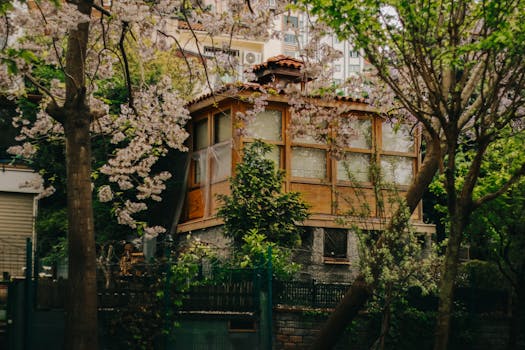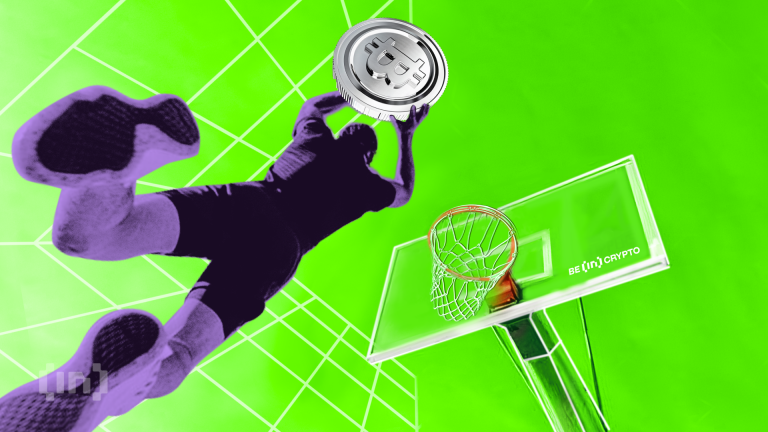
Urban Green Spaces: The Future of Outdoor Living in European Cities by 2025
Focus Keyword: Urban Green Spaces
Urban Green Spaces are becoming increasingly important in European cities, and for good reason. As the world becomes more urbanized, the need for green spaces in cities is growing. Urban Green Spaces are not just limited to parks and gardens, but also include green roofs, walls, and other innovative designs. In this article, we will explore the future of outdoor living in European cities and how Urban Green Spaces are transforming the way we live and interact with our surroundings.
What are Urban Green Spaces?
Urban Green Spaces refer to any area in a city that is covered with vegetation, including parks, gardens, green roofs, and green walls. These spaces provide a range of benefits, including improving air quality, reducing noise pollution, and creating habitats for wildlife. Urban Green Spaces also play a critical role in mitigating the urban heat island effect, which occurs when built-up areas absorb and retain heat, making cities warmer than surrounding rural areas.
Benefits of Urban Green Spaces
There are numerous benefits to Urban Green Spaces, including:
- Improved air quality: Urban Green Spaces absorb pollutants and particulate matter, improving the air quality in cities.
- Reduced noise pollution: Urban Green Spaces can act as a buffer, reducing noise pollution from traffic and other urban activities.
- Increased biodiversity: Urban Green Spaces provide habitats for wildlife, increasing biodiversity in cities.
- Mitigating the urban heat island effect: Urban Green Spaces can help to cool cities, reducing the urban heat island effect.
- Improved mental health: Spending time in Urban Green Spaces has been shown to improve mental health and well-being.
Examples of Urban Green Spaces in European Cities
There are many examples of Urban Green Spaces in European cities, including:
- The High Line in London: An elevated park built on an old rail line, providing a green space in the heart of the city.
- The Park at the Palace of Versailles in Paris: A large park with gardens, fountains, and walking trails, providing a peaceful escape from the city.
- The Green Roof in Copenhagen: A green roof covering a large building, providing insulation and reducing stormwater runoff.
- The Vertical Forest in Milan: A pair of residential towers covered in vegetation, providing a unique example of Urban Green Space.
The Future of Outdoor Living in European Cities
As we look to the future, it is clear that Urban Green Spaces will play an increasingly important role in European cities. With the growing awareness of the importance of sustainability and environmentalism, cities are investing in Urban Green Spaces to improve the quality of life for their citizens. By 2025, we can expect to see even more innovative and creative examples of Urban Green Spaces in European cities, from green roofs and walls to urban farms and community gardens.
Conclusion
In conclusion, Urban Green Spaces are the future of outdoor living in European cities. These spaces provide a range of benefits, from improving air quality and reducing noise pollution to increasing biodiversity and mitigating the urban heat island effect. As we move forward, it is essential that we prioritize the development of Urban Green Spaces in European cities, creating sustainable and livable spaces for generations to come.





